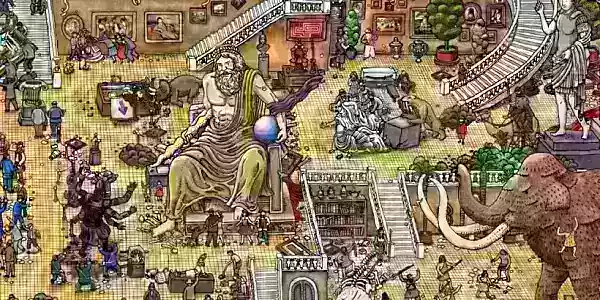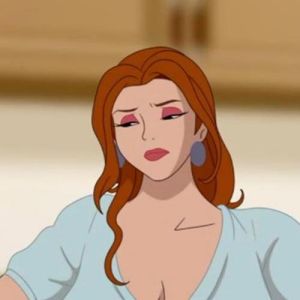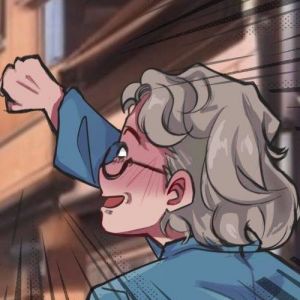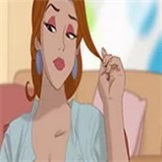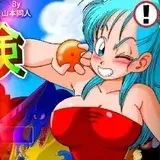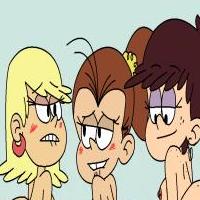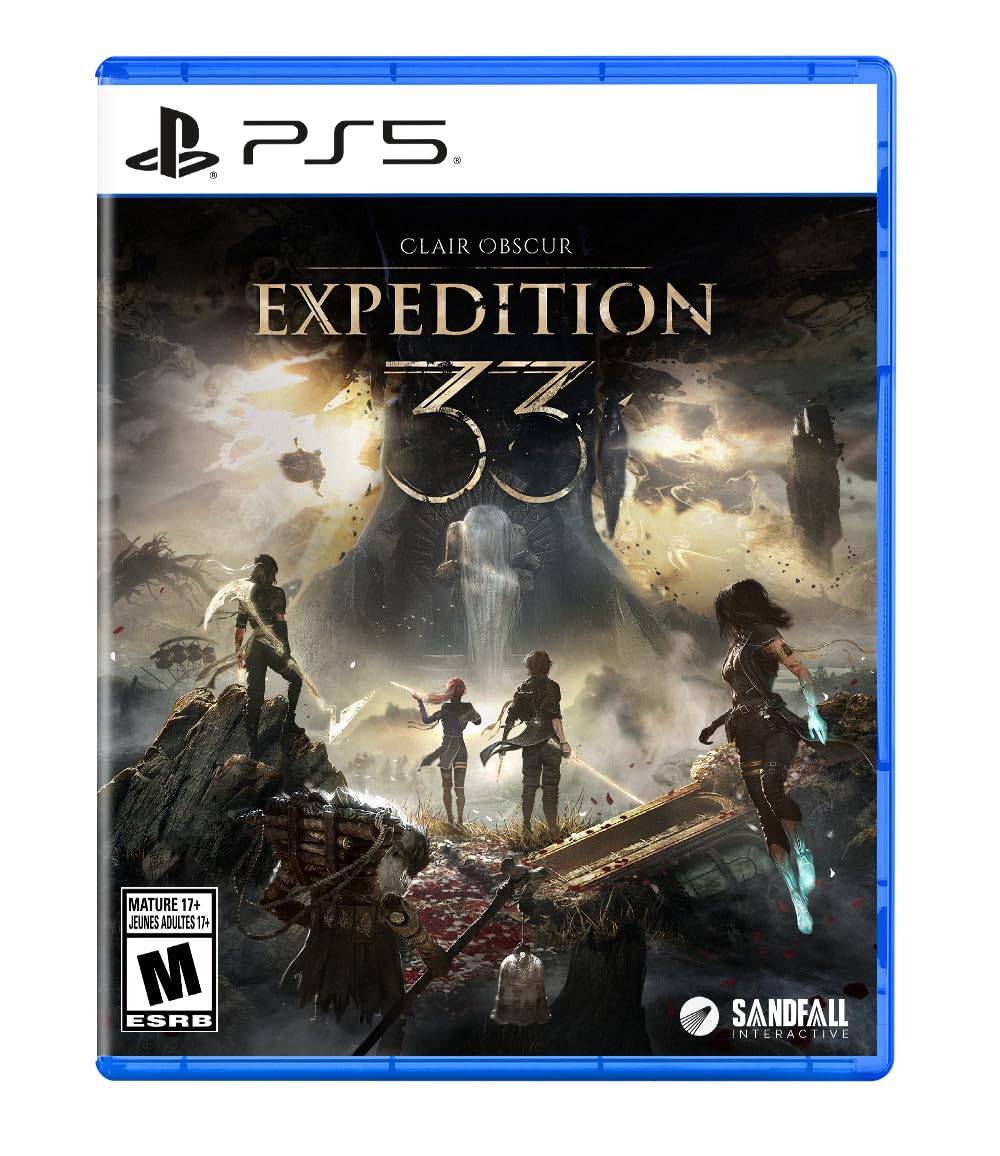The Silent Hill series distinguishes itself from typical survival horror by delving into the protagonists' inner turmoil, manifesting their fears and trauma through the town's supernatural influence. This psychological depth is a key element of the game's unique horror.
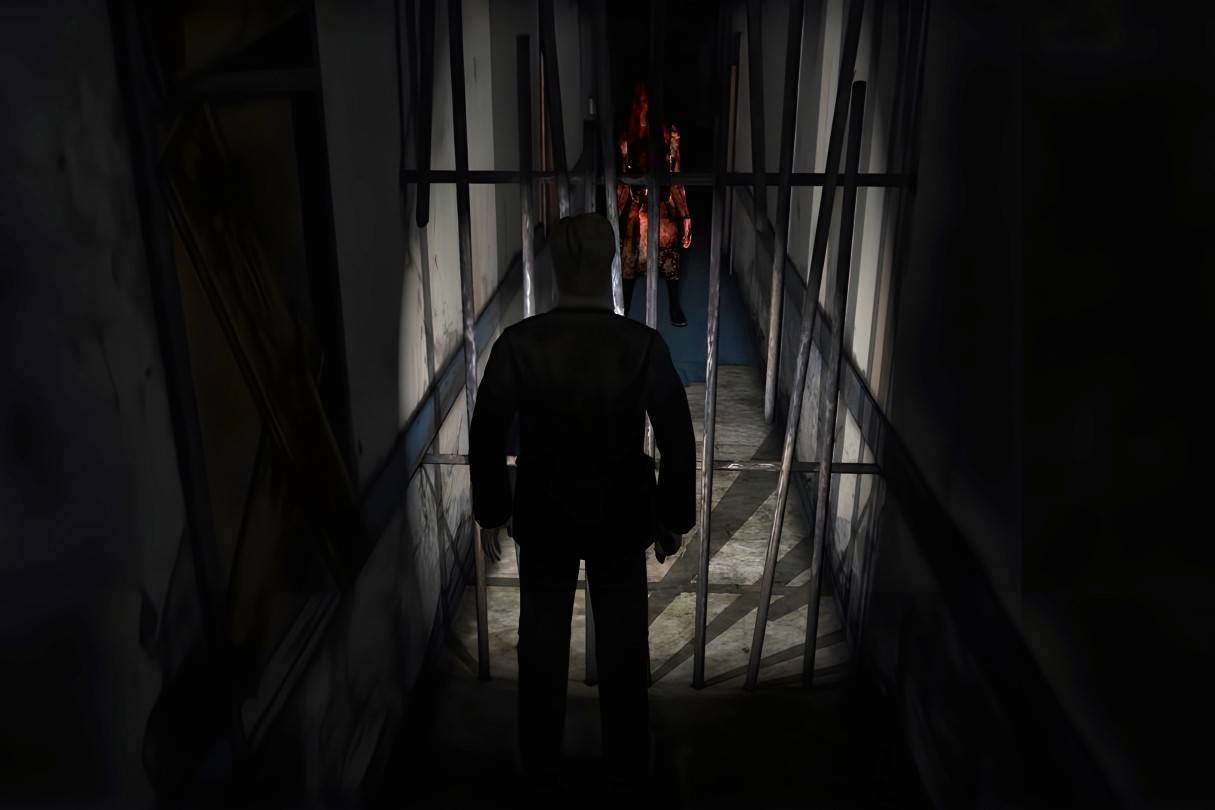 Image: ensigame.com
Image: ensigame.com
The game's heavy use of symbolism and intricate narrative can be challenging to fully decipher. However, the developers strategically placed clues throughout the games to aid players in interpreting the meaning behind the creatures. This analysis explores the symbolism embedded within these nightmarish beings. Spoiler alert!
Table of Contents
- Pyramid Head
- Mannequin
- Flesh Lip
- Lying Figure
- Valtiel
- Mandarin
- Glutton
- Closer
- Insane Cancer
- Grey Children
- Mumblers
- Twin Victims
- Butcher
- Caliban
- Bubble Head Nurse
Pyramid Head
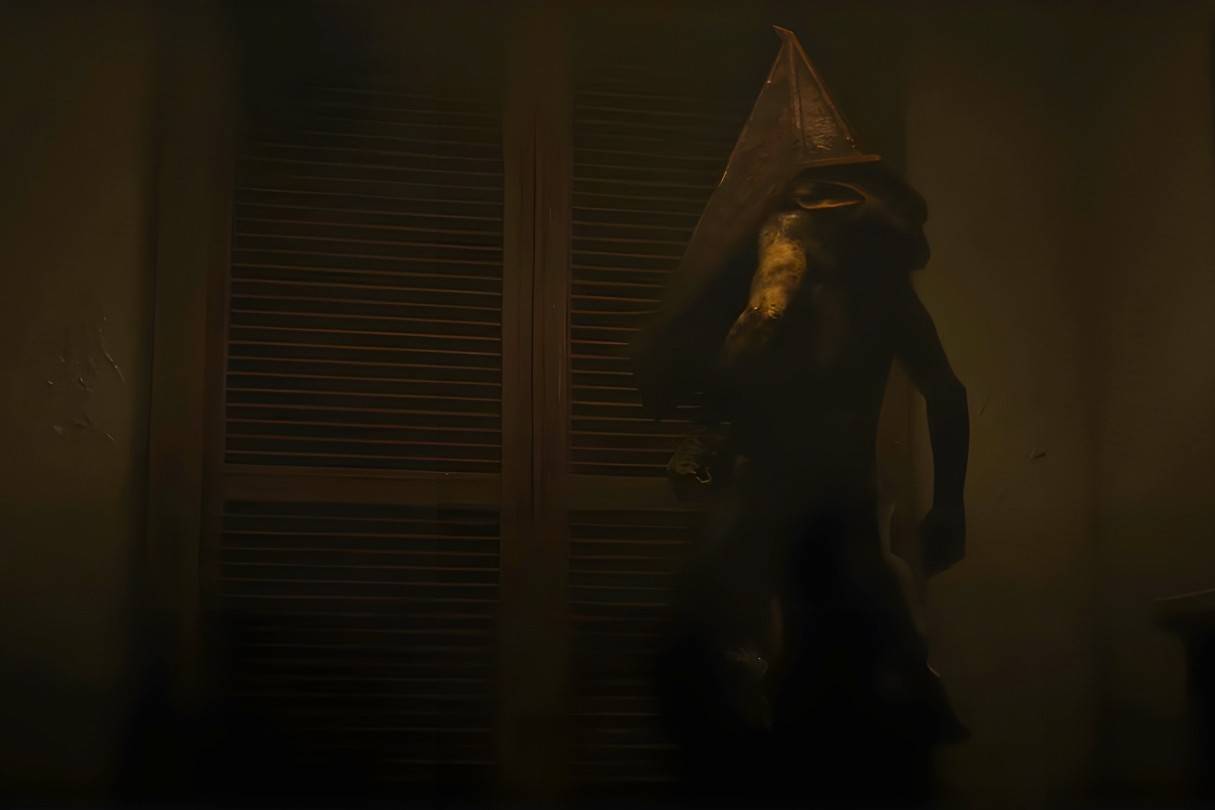 Image: ensigame.com
Image: ensigame.com
First appearing in Silent Hill 2 (2001), Pyramid Head embodies protagonist James Sunderland's guilt and inner torment. His distinctive hand structure, designed by Masahiro Ito, was a result of PS2 hardware limitations, minimizing polygon count while maintaining expressive movement.
Takayoshi Sato describes him as a "distorted memory of the executioners," linking him to Silent Hill's history of capital punishment. He acts as both James' punisher and a reflection of his subconscious desire for self-punishment.
Mannequin
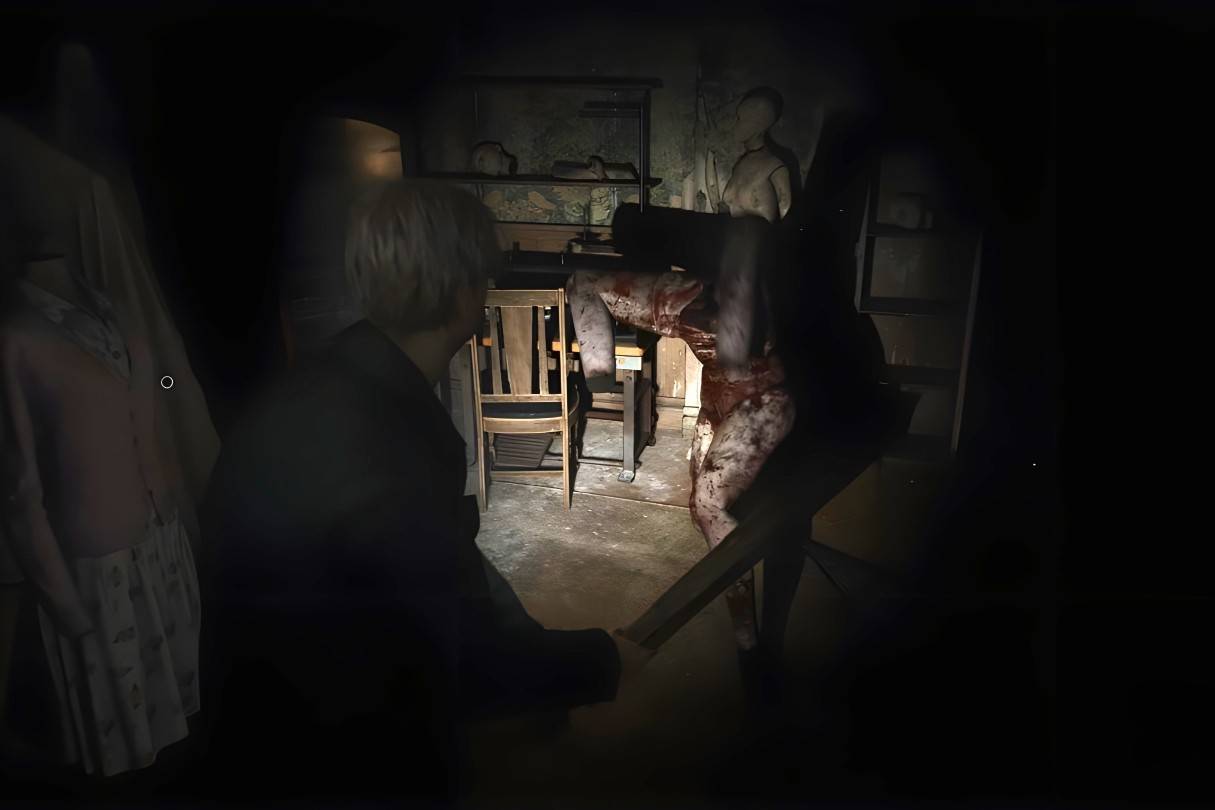 Image: ensigame.com
Image: ensigame.com
Introduced in Silent Hill 2 (2001), the Mannequins are among nine manifestations of James Sunderland's subconscious, represented by nine red squares. Their design, by Masahiro Ito, draws inspiration from Japanese folklore.
These creatures represent James' suppressed memories of his wife's illness. Their leg braces resemble Mary's orthotics, and the tubes on their bodies evoke hospital imagery. Reflecting Freudian psychoanalytic theory, the Mannequins embody James' repressed guilt and desires.
Flesh Lip
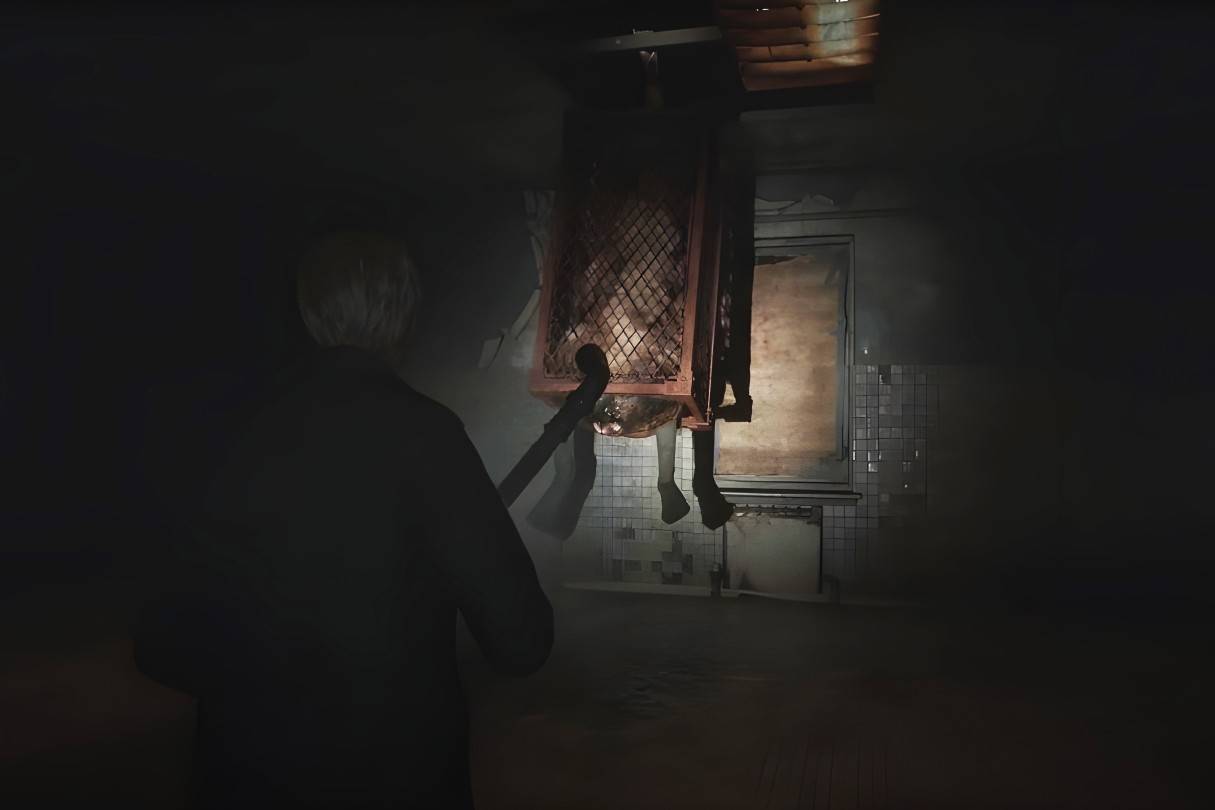 Image: ensigame.com
Image: ensigame.com
Debuting in Silent Hill 2 (2001), Flesh Lip is another manifestation of James Sunderland's subconscious, designed by Masahiro Ito, inspired by Isamu Noguchi’s Death (Lynched Figure) and Joel-Peter Witkin’s Man with No Legs. It later appeared in Silent Hill: Book of Memories (2012) and other adaptations.
This creature represents James' memory of Mary in her sickbed. Its hanging form, bound to a metal lattice, resembles a hospital bed, while its raw, damaged flesh reflects Mary’s illness. The mouth on its abdomen symbolizes her verbal abuse during her final days. The introduction of creatures with mouths only after Flesh Lip's appearance reinforces the theme of James confronting painful memories.
Lying Figure
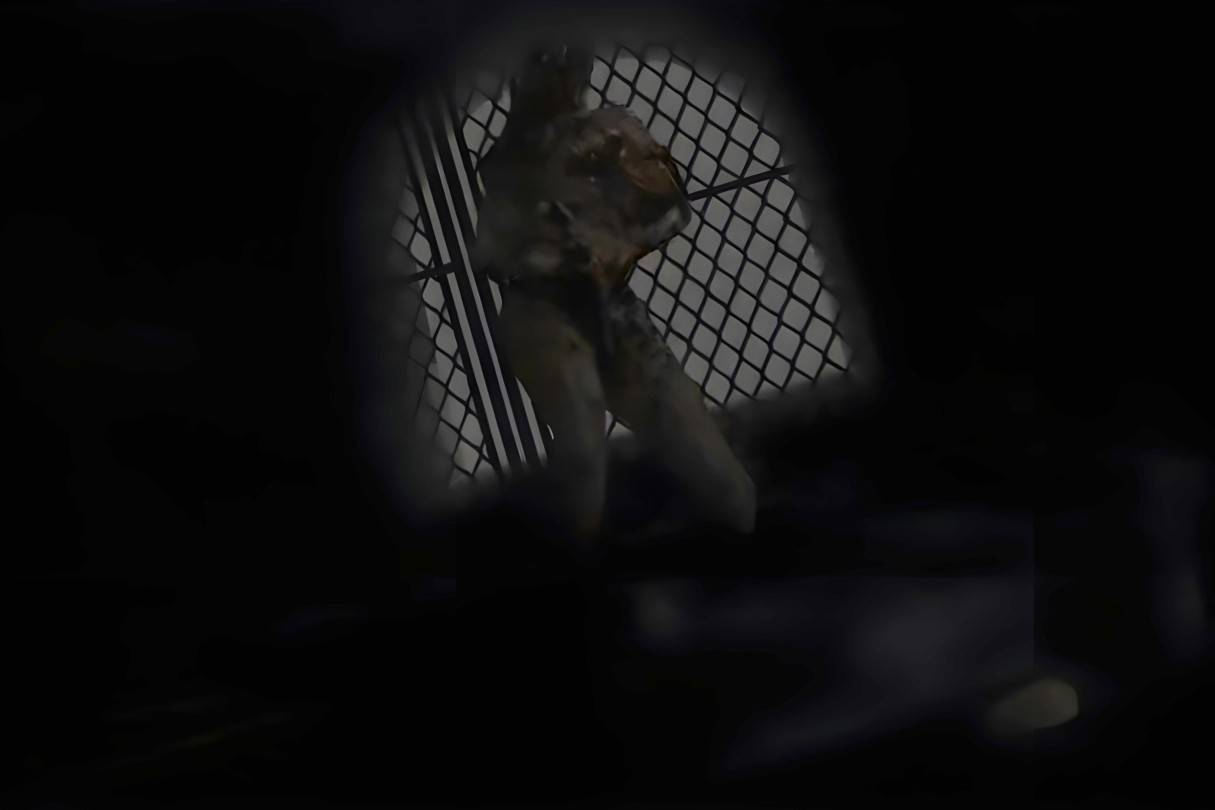 Image: ensigame.com
Image: ensigame.com
The Lying Figures, first encountered in Silent Hill 2 (2001), also appear in films, comics, and the game's remake.
They embody James' repressed guilt and memories of Mary's suffering. Their twisted bodies resemble hospital patients in agony, while their upper torsos resemble body bags, symbolizing death. The name "Lying Figure" refers to both Mary’s sickbed and her corpse.
Valtiel
 Image: ensigame.com
Image: ensigame.com
Valtiel, first seen in Silent Hill 3 (2003), is a mysterious figure connected to the Order cult. His name combines "valet" (French for "attendant") with the angelic suffix "-el," meaning "Attendant of God." He also appears in Silent Hill: Revelation (2012).
Unlike most creatures, Valtiel isn't a subconscious manifestation but an independent being serving a higher power. His masked, robed form resembles a surgeon, reinforcing his role as a midwife overseeing Heather's transformation.
Mandarin
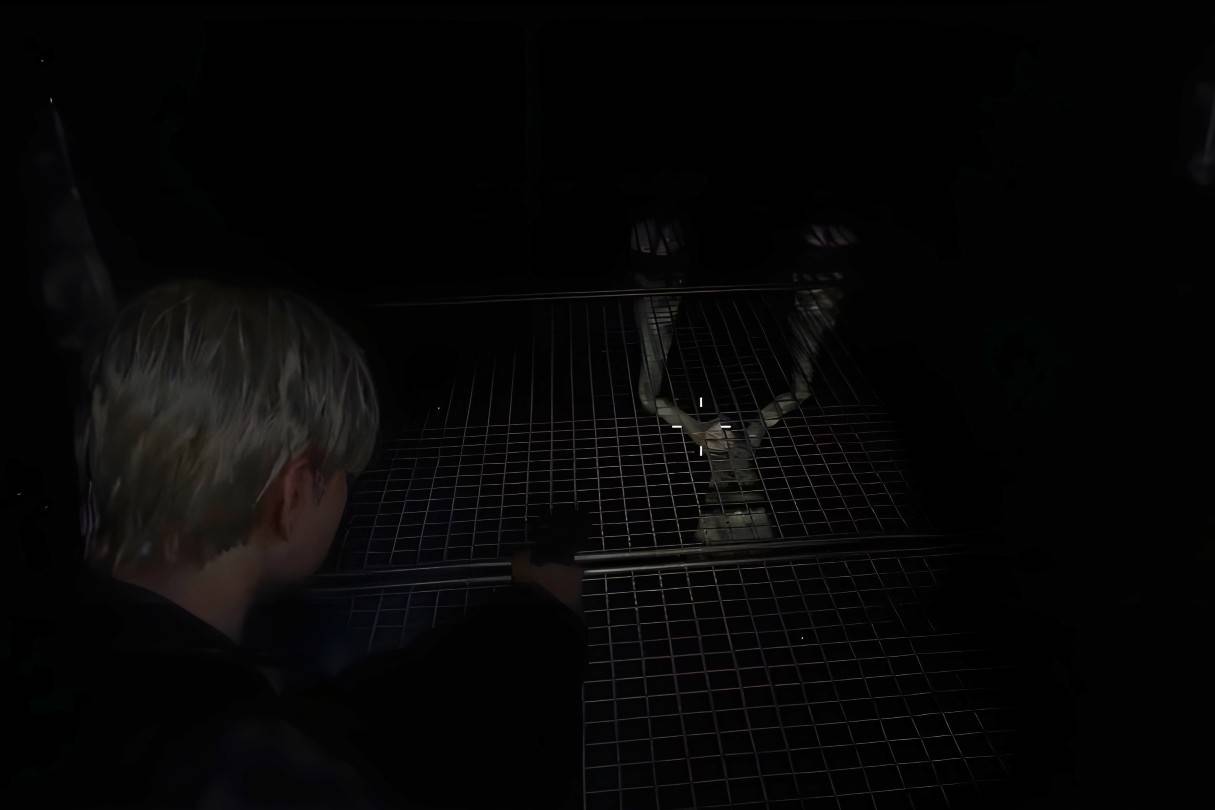 Image: ensigame.com
Image: ensigame.com
The Mandarins, grotesque creatures found in Silent Hill 2 (2001), are suspended beneath metal grates, attacking James with tentacle-like appendages.
They embody James' anguish and memories of Mary's suffering. Their orifice-like mouths align with the recurring "mouth" motif, symbolizing Mary’s inner turmoil and anger. Their subterranean confinement reflects James' subconscious desire to escape his guilt.
Glutton
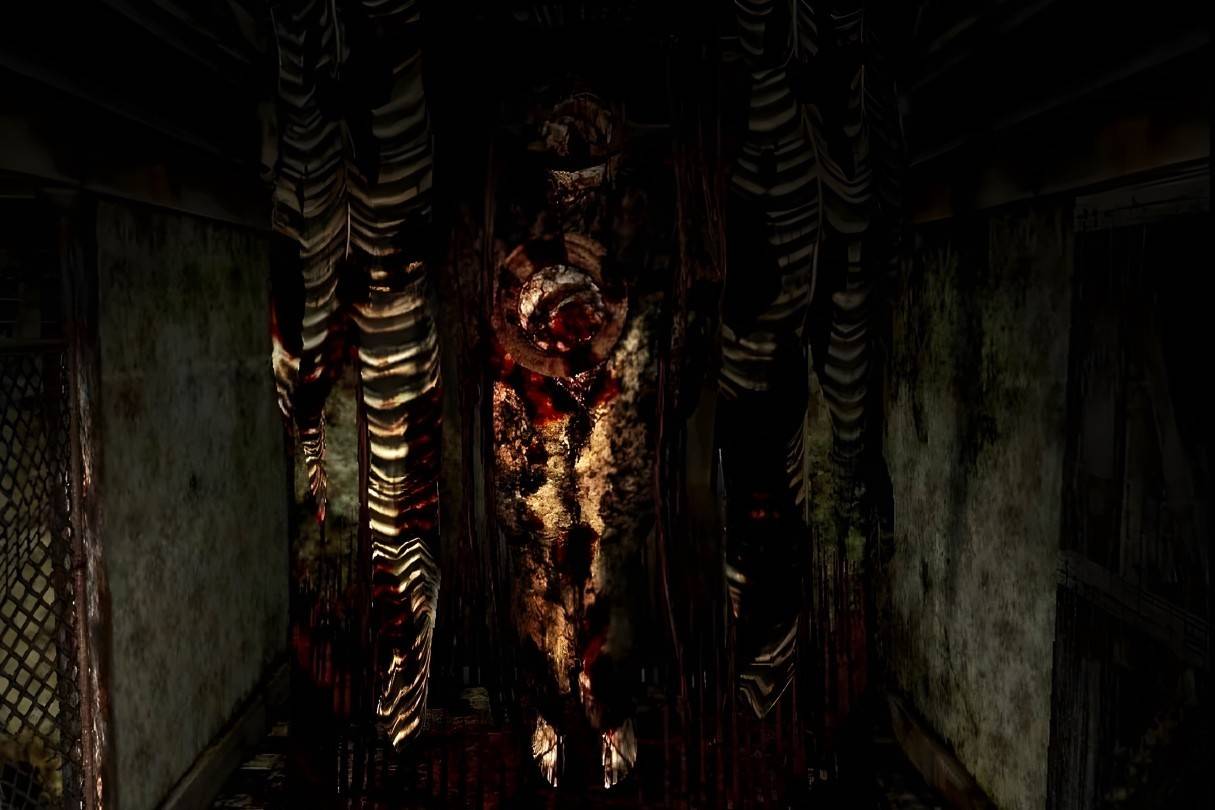 Image: ensigame.com
Image: ensigame.com
The Glutton, appearing in Silent Hill 3 (2003), is a massive, immobile creature blocking Heather Mason's path. While not directly threatening, it serves as a significant obstacle.
Referenced in Lost Memories: Silent Hill Chronicle, the Glutton is linked to the fairytale Tu Fui, Ego Eris, symbolizing helplessness in the face of fate, mirroring Heather's struggle.
Closer
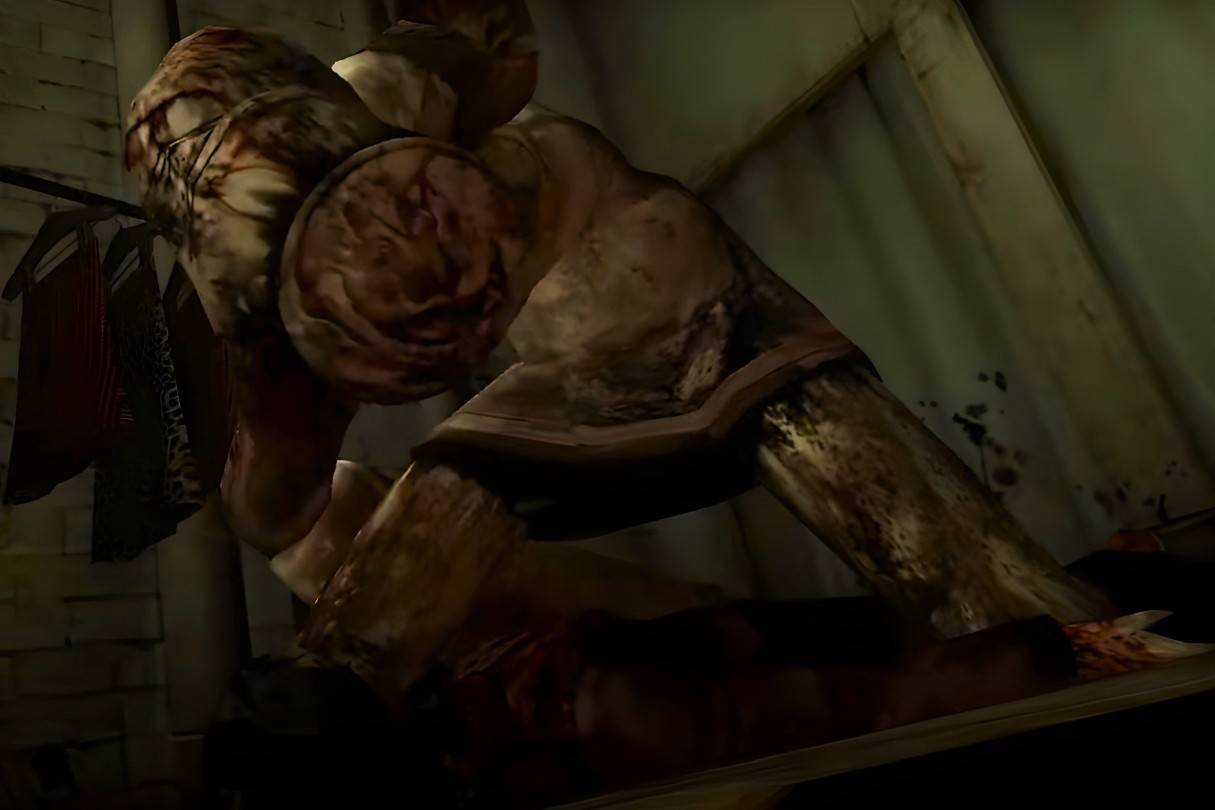 Image: ensigame.com
Image: ensigame.com
The Closer, first encountered in Silent Hill 3 (2003), is Heather Mason's first monster outside her dream.
A towering figure with stitched arms and twitching lips, it attacks with hidden blade-like protrusions. Lost Memories: Silent Hill Chronicle states its name refers to its ability to block paths.
Insane Cancer
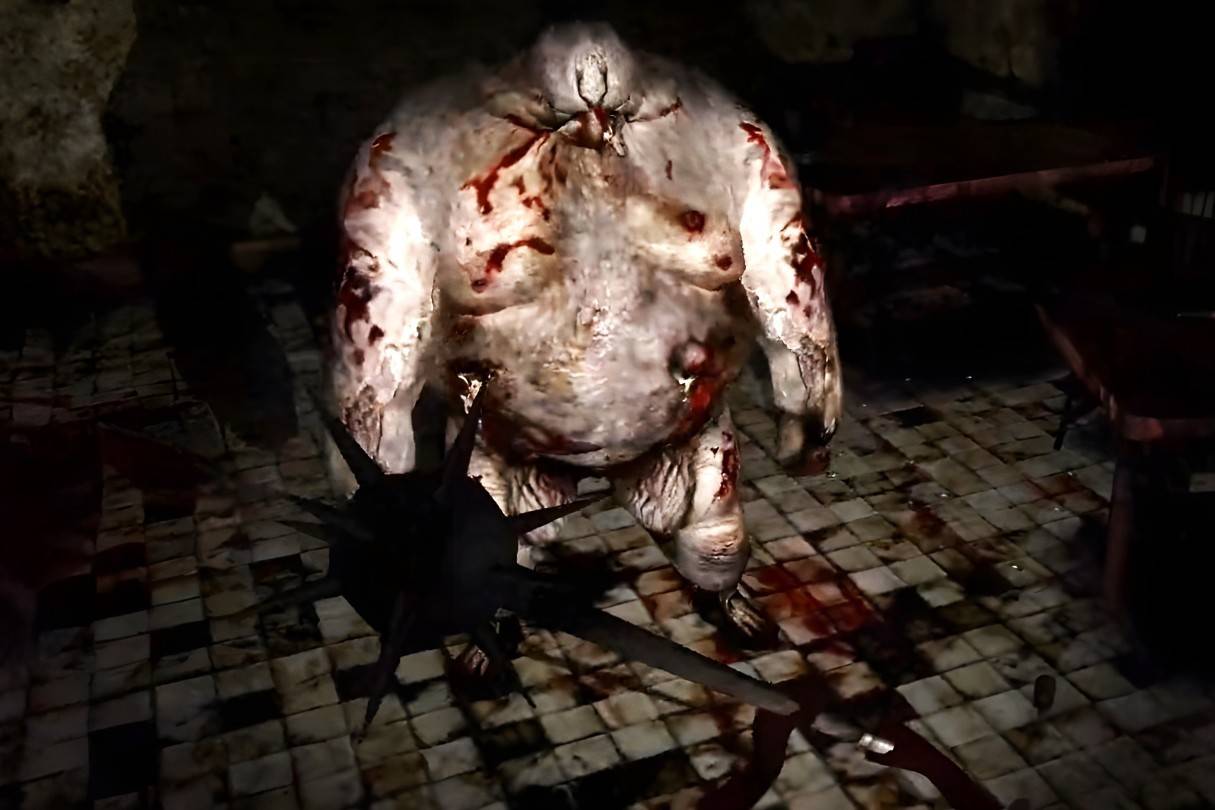 Image: ensigame.com
Image: ensigame.com
The Insane Cancer, appearing in Silent Hill 3 (2003), explodes upon defeat. It also features in Silent Hill: The Arcade, Silent Hill: Book of Memories, and the comics Dying Inside, Paint It Black, and Hunger.
Described as a "cancer running wild," its form reflects disease and corruption, possibly symbolizing Silent Hill's spreading evil or Alessa Gillespie's self-loathing.
Grey Children
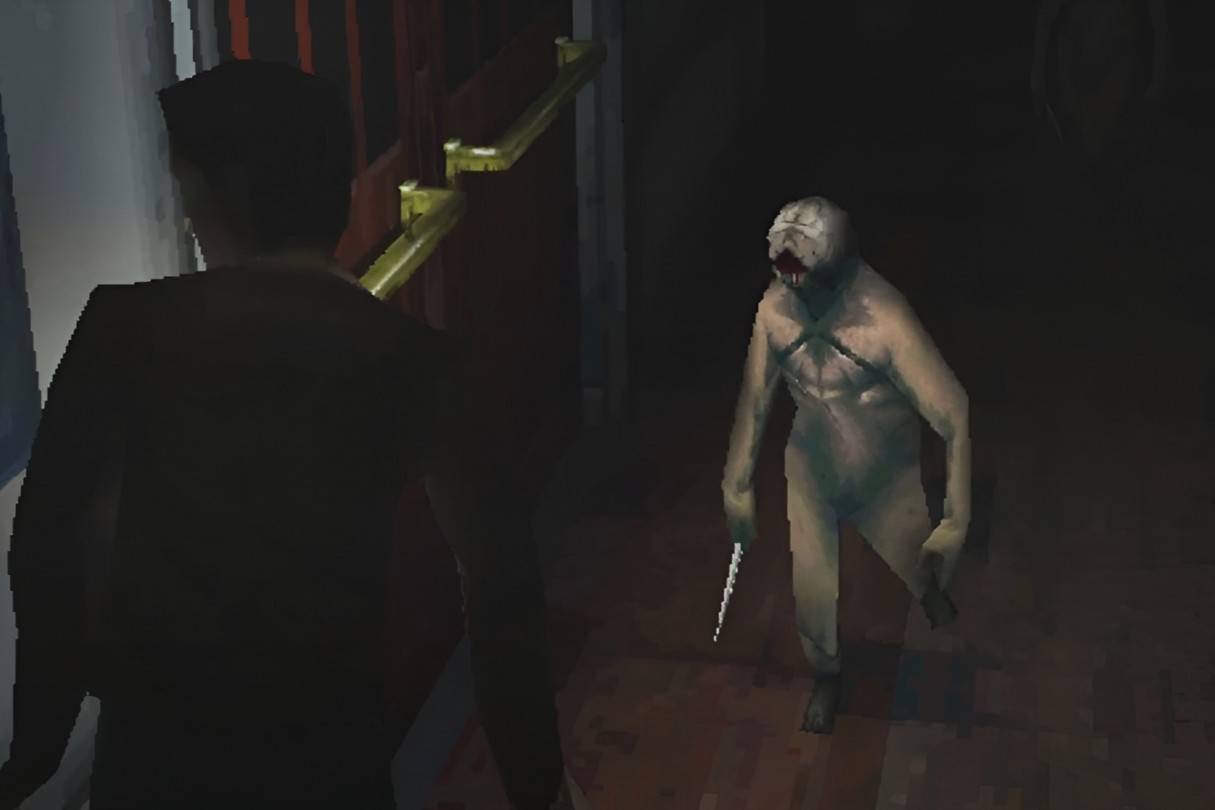 Image: ensigame.com
Image: ensigame.com
The Grey Children (or Demon Children), first appearing in Silent Hill (1999), are manifested from Alessa Gillespie's trauma.
They represent her bullies, chanting for her to "burn," reflecting her pain and revenge. Trapped in eternal childhood, they suffer the same torment Alessa endured.
Mumblers
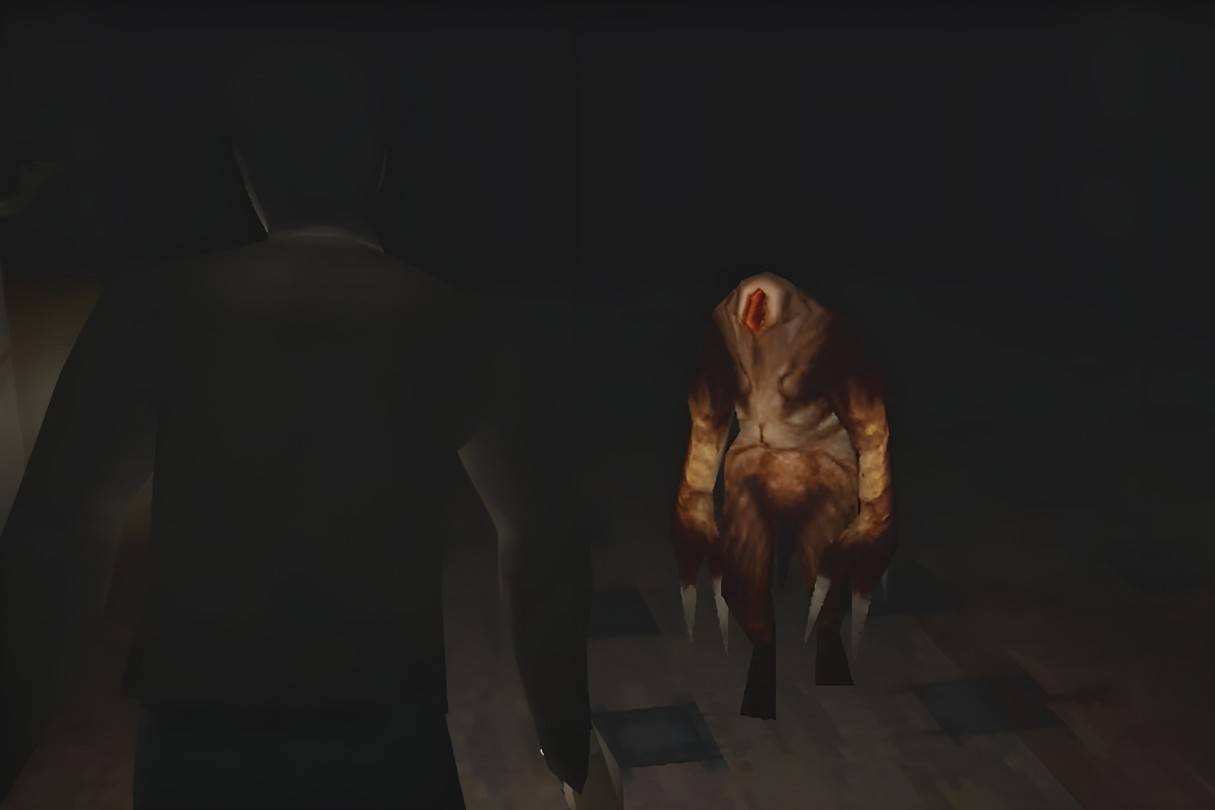 Image: ensigame.com
Image: ensigame.com
Mumblers, first seen in Silent Hill (1999), are small, grotesque creatures reacting aggressively to light.
They embody a dark reinterpretation of menacing animals and demons from fairy tales Alessa read as a child, reflecting her fears and distorted imagination.
Twin Victims
 Image: ensigame.com
Image: ensigame.com
Also known as Doublehead, the Twin Victims appear in Silent Hill 4: The Room and the comic Dead/Alive.
They manifest Walter Sullivan's seventh and eighth victims, twins Billy and Miriam Locane. Their conjoined nature may symbolize Walter’s obsessive attachment to his mother.
Butcher
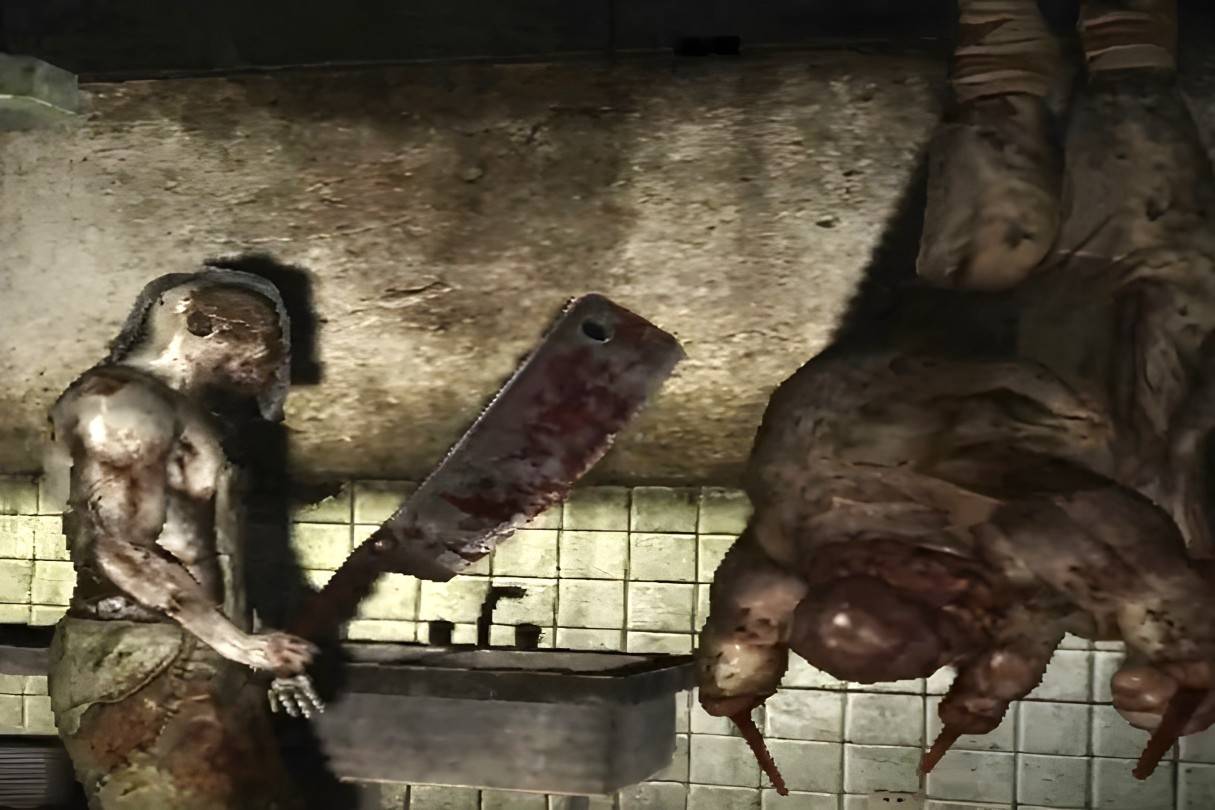 Image: ensigame.com
Image: ensigame.com
The Butcher, a major antagonist in Silent Hill: Origins, also appears in Silent Hill: Book of Memories.
Representing cruelty and sacrifice, the Butcher reflects the Order’s brutal rituals and Travis Grady’s inner rage. His emotionless slaughter mirrors Travis’ potential for violence.
Caliban
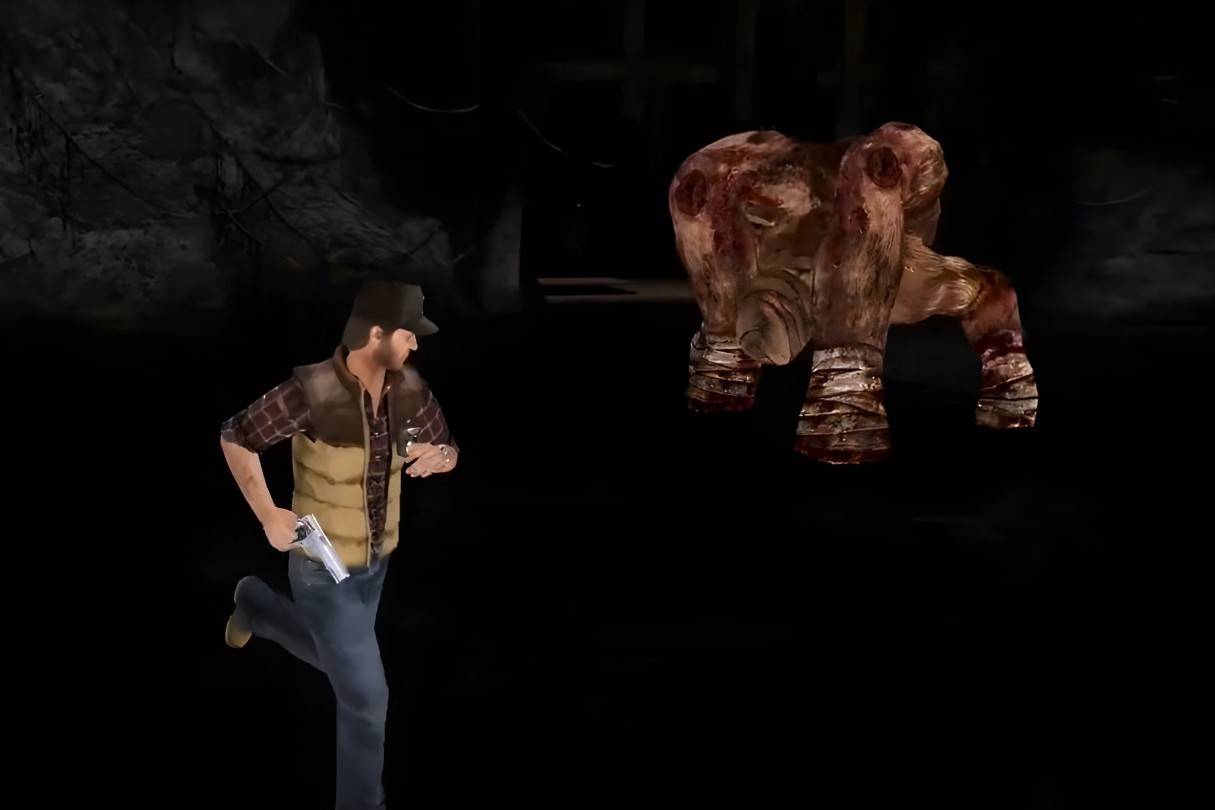 Image: ensigame.com
Image: ensigame.com
Caliban, a monster in Silent Hill: Origins, appears in Artaud Theater, then roams Silent Hill.
The creature's name comes from Shakespeare’s The Tempest, referencing a monstrous figure that frightened Alessa. The monster symbolizes Alessa’s fears.
Bubble Head Nurse
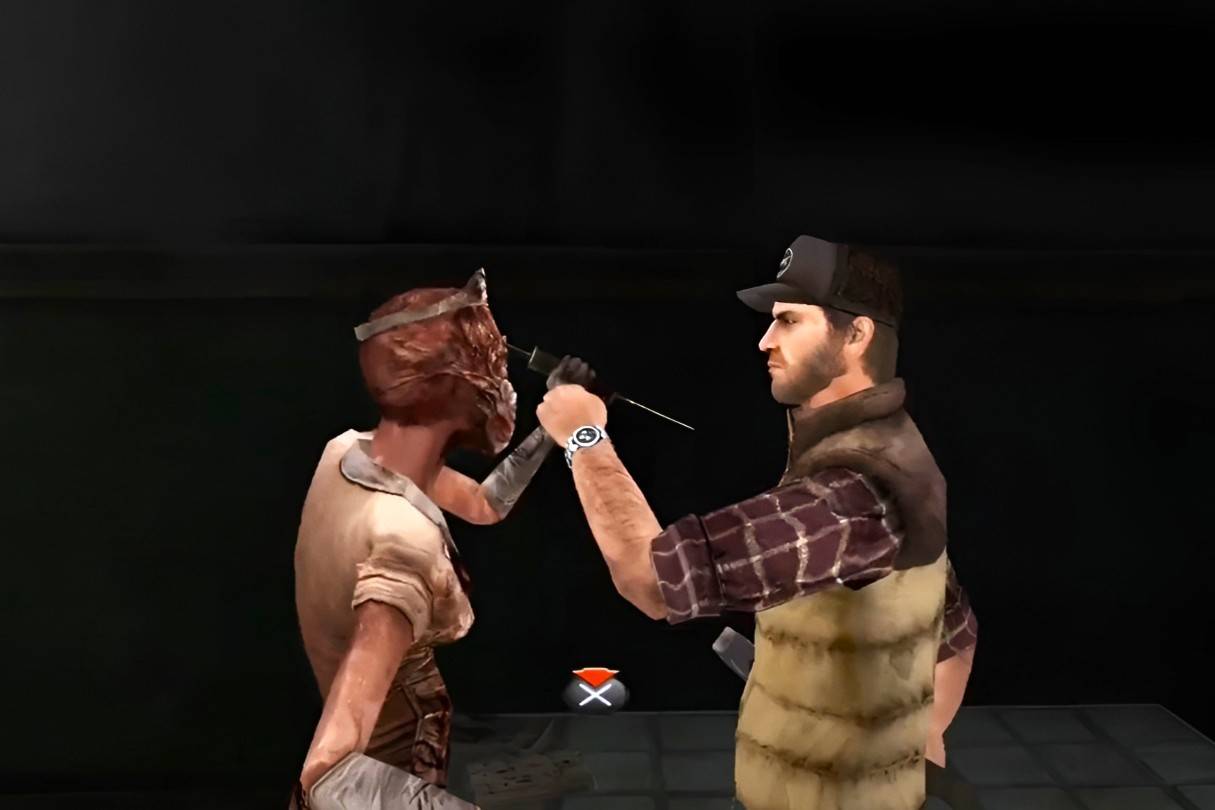 Image: ensigame.com
Image: ensigame.com
The Bubble Head Nurse appears in Silent Hill 2, Silent Hill: The Escape, Silent Hill: Book of Memories, and the Silent Hill 2 remake.
These creatures manifest James Sunderland’s subconscious, symbolizing his guilt and repressed desires. Their swollen heads represent Mary’s illness and suffocation.
The Silent Hill monsters are more than just enemies; they are psychological manifestations of fear, guilt, trauma, and repressed emotions. Their haunting presence reinforces the series' unique blend of psychological horror and deep symbolism.


